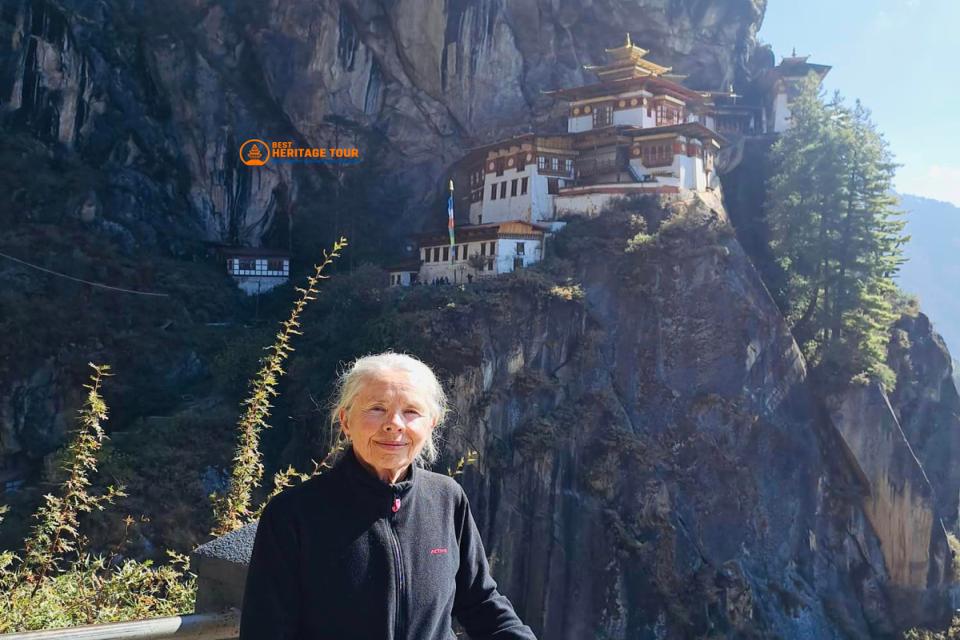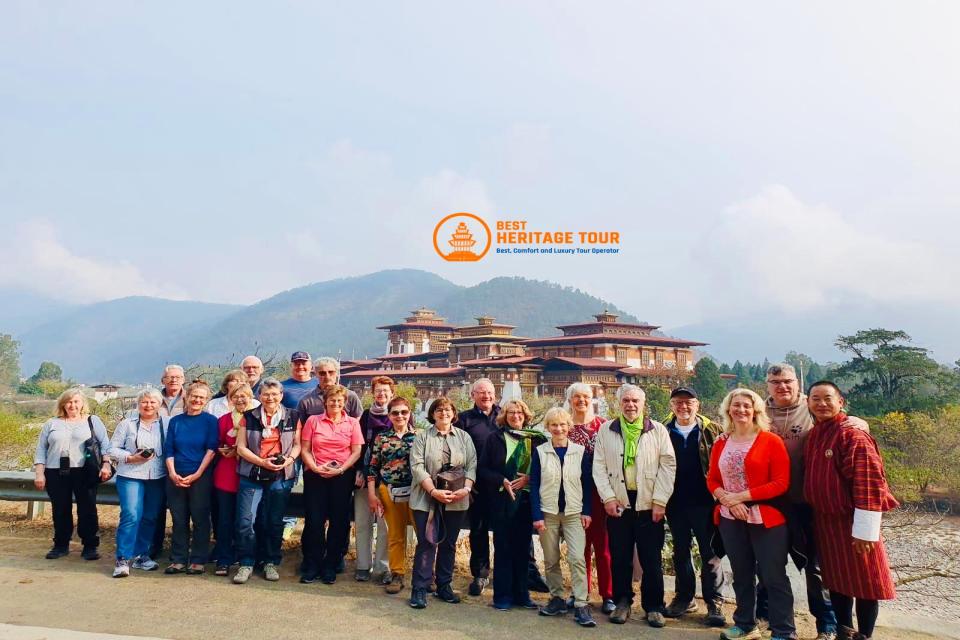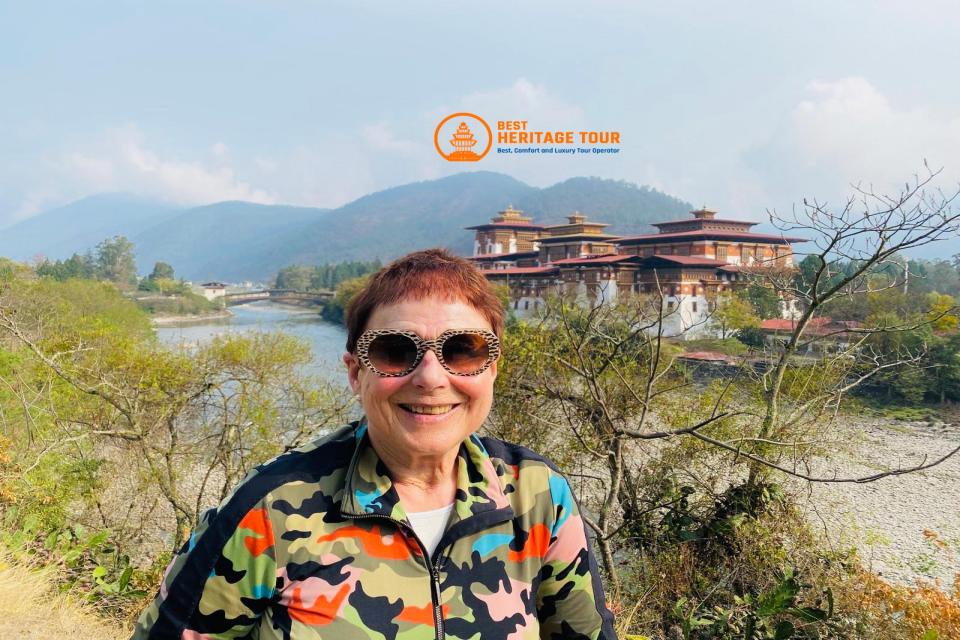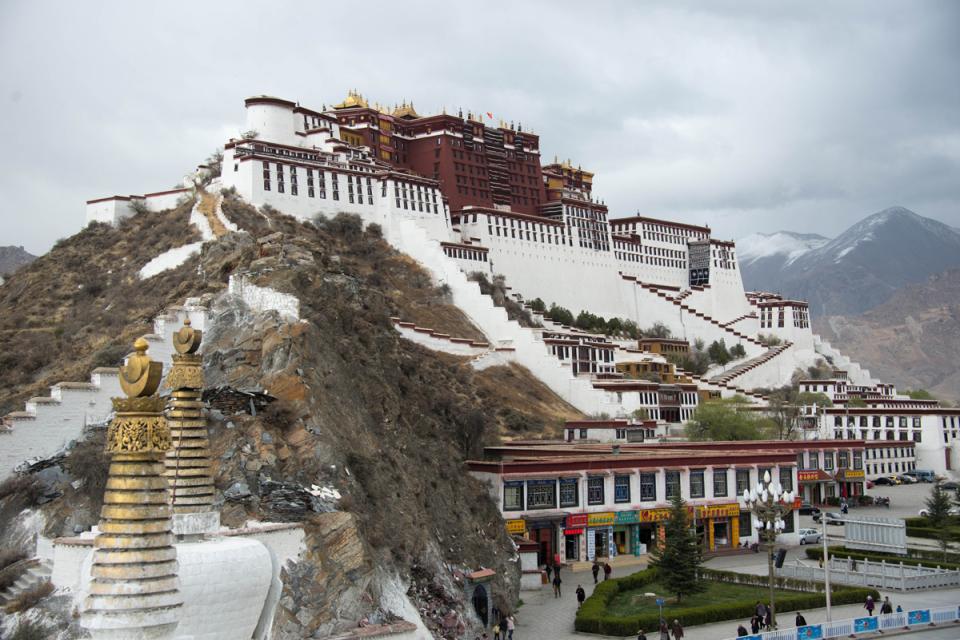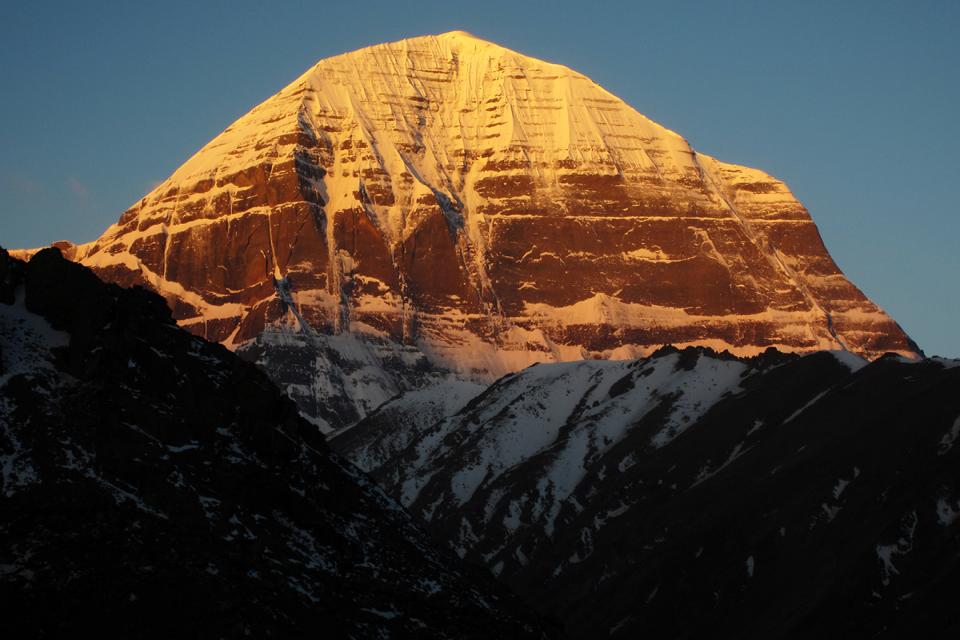The Himalayas are home to some of the most profound spiritual experiences in the world, with Bhutan and Tibet standing out as epicenters of Buddhist tradition, culture, and serenity. For travelers seeking inner peace, cultural immersion, and spiritual growth, the question often arises: Should I explore Bhutan or Tibet for my spiritual journey?
Both destinations are mesmerizing, yet each offers a unique flavor of spirituality, architecture, rituals, and natural beauty. Choosing the right one depends on your personal interests, travel preferences, accessibility, and the kind of experiences you seek.
In this comprehensive guide, we will compare Bhutan and Tibet across multiple dimensions, helping you make an informed choice while highlighting how Best Heritage Tour can curate the perfect journey for either destination.
1. Spiritual Heritage
Bhutan: The Last Himalayan Kingdom
-
Known as the “Land of the Thunder Dragon,” Bhutan is a country where spirituality governs daily life.
-
Monasteries and dzongs (fortresses) are integrated into villages and cities, forming the backbone of Bhutanese culture.
-
Daily life is deeply intertwined with Buddhist rituals, from prayers at local temples to seasonal festivals.
Tibet: The Roof of the World
-
Tibet is the historic seat of Tibetan Buddhism, with monasteries like Potala Palace, Jokhang, and Ganden.
-
Spiritual practice here is more formalized, with monks and nuns following centuries-old traditions and philosophical debates.
-
Pilgrimage routes and sacred mountains add layers of intensity and devotion to any spiritual journey.
Verdict: Bhutan offers accessible, lived spirituality, while Tibet provides historically rich, formalized spiritual experiences.
2. Cultural Experiences
Bhutan
-
Visitors can attend vibrant festivals like Paro Tsechu, featuring masked dances and elaborate rituals.
-
Dzongs such as Punakha Dzong and Trongsa Dzong showcase traditional Bhutanese architecture.
-
Daily cultural interactions are easy; Bhutanese are friendly and welcoming to travelers, giving a sense of intimate immersion.
Tibet
-
Tibet’s monasteries are cultural repositories, with thangkas, murals, and statues preserved for centuries.
-
Festivals like Saga Dawa attract thousands of pilgrims performing circumambulation, offering travelers a glimpse of collective devotion.
-
Tibetan culture is more ritualistic and monastic, requiring patience and respect for local customs.
Verdict: Bhutan emphasizes living culture, while Tibet highlights historic and monastic culture.
3. Landscape and Natural Beauty
Bhutan
-
Rolling valleys, terraced fields, and pristine forests dominate Bhutan’s landscape.
-
Iconic hiking spots include the Tiger’s Nest Monastery (Paro Taktsang), perched dramatically on a cliff.
-
Accessible trekking routes make it easy to blend spiritual exploration with nature walks.
Tibet
-
High-altitude landscapes define Tibet, with snow-capped peaks, vast plateaus, and sacred rivers.
-
The Lhasa Valley, Yamdrok Lake, and Mount Kailash region are breathtaking, though physically demanding.
-
Altitude may challenge travelers, but the reward is majestic Himalayan scenery.
Verdict: Bhutan offers gentle spiritual landscapes, Tibet offers dramatic, high-altitude spirituality.
4. Accessibility and Travel Logistics
Bhutan
-
International travelers usually enter via Paro Airport with flights from India, Thailand, or Nepal.
-
Bhutan enforces a minimum daily package rate, which covers accommodation, meals, guides, and transport - ensuring a hassle-free trip.
-
Travel is regulated, making it safe and well-organized.
Tibet
-
Travelers usually fly into Lhasa Gonggar Airport or enter overland from Nepal/China.
-
Tibet Travel Permit is mandatory, and guided tours are required for foreigners.
-
Altitude and remoteness demand more planning and endurance.
Verdict: Bhutan is more structured and accessible, Tibet is more remote and challenging.
5. Spiritual Activities
Bhutan
-
Participate in prayer rituals, meditation sessions, and festival dances.
-
Engage with monks and locals to learn about Buddhist philosophy and cultural practices.
-
Accessible spiritual hikes allow you to visit cliffside monasteries and dzongs, providing a tangible sense of connection with the sacred landscape.
Tibet
-
Observe monk debates, pilgrimages, and ritual circumambulations.
-
Undertake high-altitude spiritual hikes to sacred sites such as Mount Kailash or Yamdrok Lake.
-
Engage with monasteries in an observational manner, appreciating the intensity of monastic discipline.
Verdict: Bhutan emphasizes participatory spirituality, Tibet emphasizes observational and pilgrimage-based experiences.
6. Costs and Budget Considerations
Bhutan
-
Daily minimum package: $250-$300, covering hotels, meals, guides, and transportation.
-
Costs are predictable, ensuring travelers don’t face unexpected expenses.
Tibet
-
Lhasa-focused tours: $1,000-$1,500 for a week, excluding international flights.
-
Remote or trekking-based experiences can add $200-$500 or more depending on duration and complexity.
Verdict: Bhutan is more predictable and all-inclusive, while Tibet requires careful financial planning.
7. Ideal Traveler Profile
|
Aspect |
Bhutan |
Tibet |
|---|---|---|
|
Spiritual Focus |
Accessible rituals & festivals |
Monastic life, pilgrimage, formal rituals |
|
Physical Demand |
Moderate, accessible trekking |
High-altitude, physically demanding |
|
Cultural Immersion |
Interactive, welcoming locals |
Observational, historic & monastic focus |
|
Budget |
High daily rate but inclusive |
Variable, requires careful planning |
|
Adventure Level |
Gentle, scenic landscapes |
Remote, dramatic Himalayan landscapes |
Choosing the Right Spiritual Journey
Choose Bhutan if:
-
You want a comfortable, immersive, and organized experience.
-
You enjoy participatory cultural and spiritual activities.
-
You prefer predictable costs and hassle-free logistics.
Choose Tibet if:
-
You seek authentic monastic experiences and high-altitude spirituality.
-
You enjoy remote landscapes and pilgrimage challenges.
-
You are physically prepared for altitude and longer treks.
Combining Bhutan and Tibet
For the ultimate Himalayan spiritual journey, travelers can combine both destinations:
-
Start in Bhutan for immersive cultural experiences, dzong visits, and festival participation.
-
Continue to Tibet for high-altitude exploration, monastery visits, and pilgrimage routes.
Best Heritage Tour can craft customized itineraries covering both countries, handling permits, transportation, lodging, and guided experiences.
Conclusion: Your Spiritual Himalayan Choice
Bhutan and Tibet offer life-changing spiritual experiences, each with a distinct flavor. Bhutan provides accessible, interactive spirituality in serene landscapes, while Tibet delivers intense monastic and high-altitude spiritual encounters.
With Best Heritage Tour, you can enjoy a safe, comfortable, and immersive journey, allowing you to fully embrace the Himalayan spiritual experience.
Book Your Spiritual Himalayan Journey Today
Phone: +977-9851149197 / +977-9810043046
Email: info@bestheritagetour.com / bestheritagetour@gmail.com
Website: www.bestheritagetour.com
Office: Thamel Marg, Kathmandu, Nepal
Author: Best Heritage Tour
Date: 25th August, 2025


